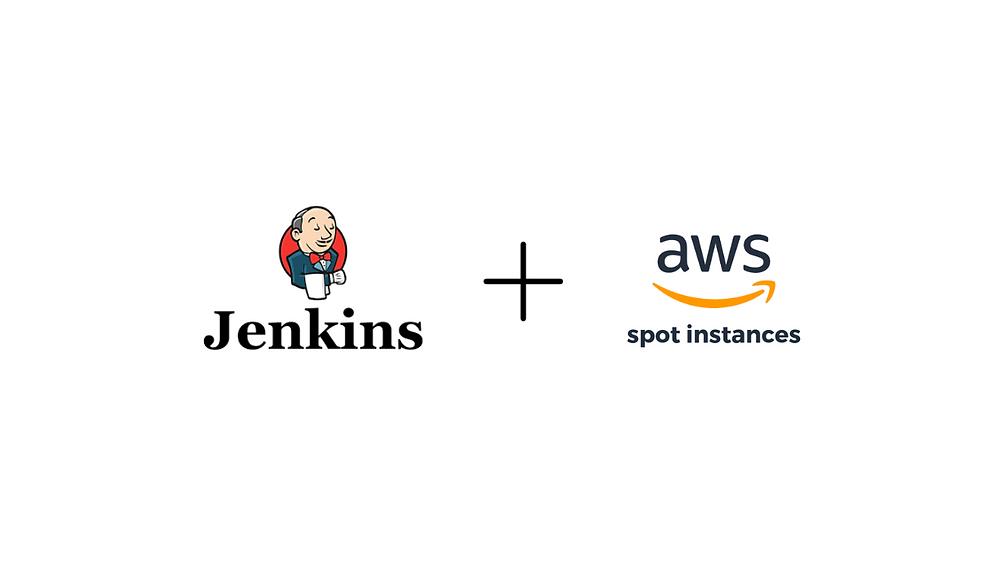Jenkins - Spot Instances And Failover Strategies
Deploy using spot instances with failover strategy

Ever wondered how to supercharge your Jenkins Continuous Integration/Continuous Deployment (CI/CD) pipeline without breaking the bank? Well, you’re in for a treat! In this blog post, we’ll take you through a journey of harnessing the power of AWS spot instances and implementing failover mechanisms in your Jenkins setup. Trust us, your pipeline will thank you for it!
Enjoying the Best of Both Worlds
On-Demand for the VIPs
Let’s start with the VIPs of your pipeline - those critical jobs that simply cannot tolerate any hiccups. We’re talking about your deployment to production, critical testing, and other mission-critical tasks. For these, on-demand instances are your go-to heroes. They’re always available, ensuring that your important jobs get the resources they need.
Spot Instances for the Bravehearts
Now, for the bravehearts in your pipeline - the jobs that can handle a bit of unpredictability. Spot instances are your cost-effective warriors, offering significant savings. However, they can be terminated if the spot price exceeds your bid. So, choose your battles wisely! These instances are perfect for less critical tasks like testing, building artifacts, and more.
Setting Up Your Jenkins War Room
Node Pools: Your Troop Deployment Strategy
Picture this: separate node pools for your on-demand and spot instances. This brilliant tactic allows you to assign jobs based on priority and requirements. With this setup, you’re ready to tackle any situation that comes your way!
Retry Logic: Never Say Die!
Things don’t always go as planned in the tech world. That’s why we’ve got retry logic in place. If a spot instance gets the boot, Jenkins will automatically give it another shot or redirect the job to an on-demand instance. It’s like having a backup plan for your backup plan!
Spot Block Instances: A Touch of Stability
For those who want an extra layer of assurance, consider spot block instances. They offer a bit more stability compared to regular spot instances. You can reserve them for a specific duration (1 to 6 hours), providing a safety net for your critical tasks.
AWS Toolbox: Elastic IPs and EBS Volumes
Sometimes, jobs need a bit of stability with static IPs and persistent storage. Enter Elastic IPs and Elastic Block Store (EBS) volumes. These resources can be attached to both on-demand and spot instances, providing that extra level of assurance.
Jenkins Pipeline Resilience: Never Skip a Beat
Let’s talk about resilience in your Jenkins pipeline. With the right pipeline syntax, you can define stages and checkpoints. This means that if a job is interrupted or fails, it can pick up right where it left off. It’s like giving your pipeline a safety net!
Keep an Eye on Things: Monitoring and Alerting
Set up monitoring and alerting for both Jenkins and AWS resources. Tools like AWS CloudWatch, Jenkins monitoring plugins, and custom scripts will be your best friends in keeping an eye on the health and performance of your pipeline.
The Art of Auto-Scaling (Optional)
For the true automation enthusiasts, auto-scaling is the cherry on top. Use Jenkins plugins like “AWS EC2 Fleet” or “Amazon EC2 Auto Scaling” to dynamically adjust the number of instances based on job demand. It’s like having your pipeline on autopilot!
Continuous Optimization: Your Pipeline’s Best Friend
Remember, this journey doesn’t end here. Periodically review your Jenkins job configurations and resource requirements. Optimize your setup based on changing workload patterns and AWS pricing. It’s the secret sauce to keeping your pipeline in top-notch shape!
And there you have it, fellow pipeline pioneers! By combining on-demand and spot instances, along with failover mechanisms, you’re on your way to a Jenkins setup that’s efficient, reliable, and budget-friendly. Your pipeline is about to reach new heights, and your CFO will be doing a happy dance too!
Happy coding! 🚀

Add comment
@name